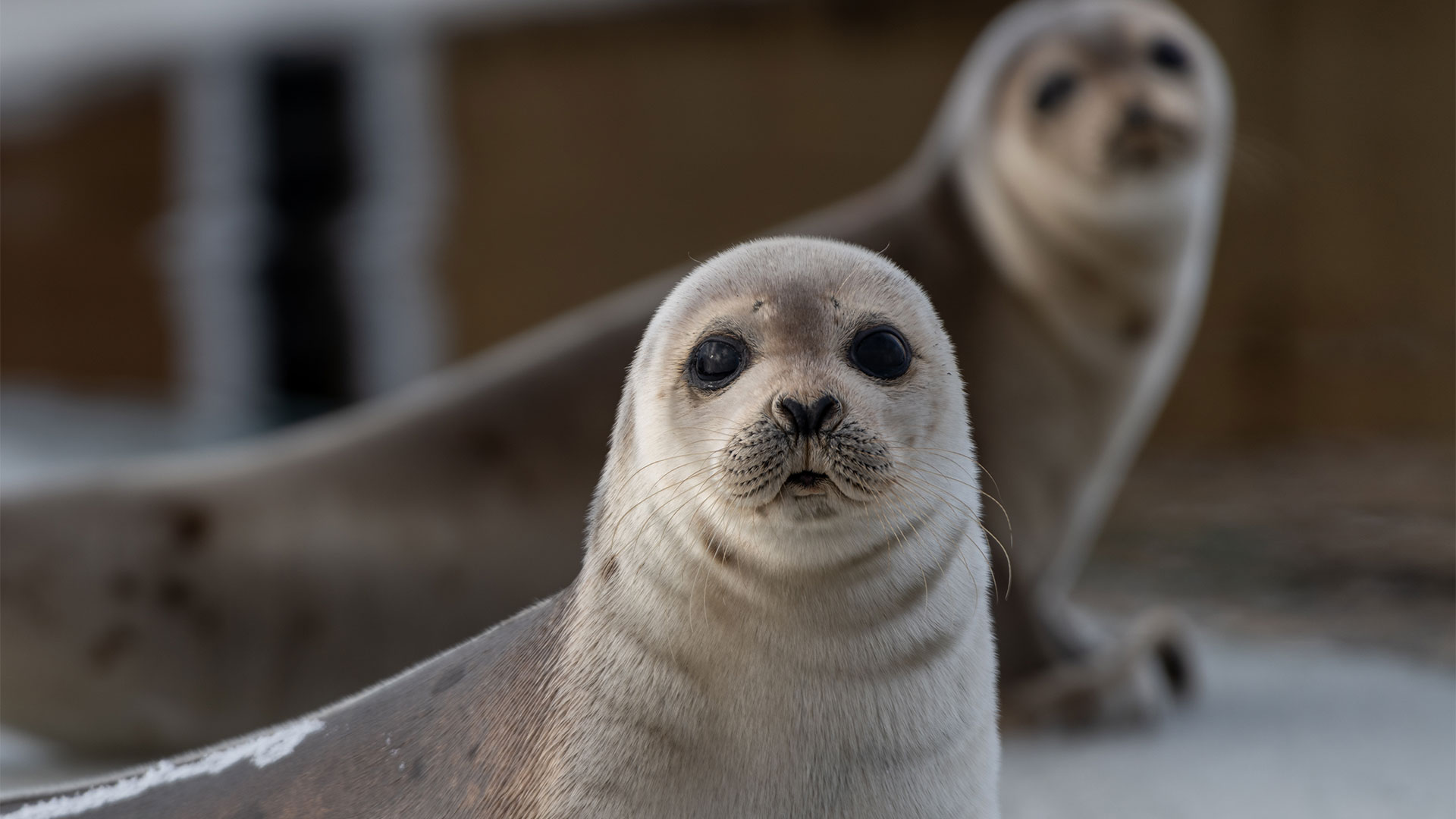
The default vocal expressions of seals might seem to comprise of just aggressive, unattractive barks but scientists now say that these remarkable, intelligent animals are far more versatile vocally and can even be taught to mimic human speech and music.
Seals are remarkable, highly intelligent warm-blooded mammals that nurse their young and can stay under water for up to two hours. Their normal aggressive, harsh bark might be off-putting to the human ear but, as it turns out, they appear to have far greater vocal flexibility and, indeed, are able to project their voices surprisingly melodiously.
That much is clear to scientists who, while studying the vocal learning of grey seals, managed to teach three of them how to mimic human speech and even music, such as the nursery rhyme “Twinkle Twinkle Little Star” and the theme to the classic sci-fi franchise Star Wars.
According to the New Scientist researchers at the Scottish Oceans Institute (SOI) at the University of St Andrews worked with the seals from birth, training them to copy new sounds by changing their formants. “Formants are emphasised frequency bands in our speech sounds,” explains research team member Vincent Janik. “They are parts of our speech sounds that we modify to encode information. For example, different vowels only differ in their formants.”
The seals were first trained to copy sequences of their own sounds, and then create melodies in their pitch. Human vowel sounds were later presented by the researchers to the animals, which they then copied.
“It takes hundreds of trials to teach the seal what we want it to do, but once they get the idea they can copy a new sound pretty well at the first attempt,” says SOI researcher Janik
One seal, named Zola, was particularly good at copying melodies played to her, including up to tennotes of Twinkle Twinkle Little Star, he says. “Since seals use the same neural and anatomical structures as humans to produce these sounds, they provide a good model system for studying how speech sounds are learned,” says Janik.
New Scientist notes, however, that this isn’t the first time that seals have copied human vocalisations. A seal called Hoover was documented copying human speech – including phrases like “how are you?” – at the New England aquarium in Boston, Massachusetts, in the 1980s.
But this is the first study to really demonstrate how flexible seal vocalisations are, says Amanda Stansbury, who led the SOI team. “Previous studies just provided anecdotal evidence for this.”
Other marine animals have also been taught to speak like a human, including orcas and a beluga whale, who could actually sing a really well-defined song.
But the fact that seals use the same “supra-laryngeal” structures as humans means that they could be a good way to study how humans speak, too. “Surprisingly, nonhuman primates have very limited abilities in this domain,” Janik says in another media report on the research by Science Alert.
He adds: “Finding other mammals that use their vocal tract in the same way as us to modify sounds informs us on how vocal skills are influenced by genetics and learning and can ultimately help to develop new methods to study speech disorders.”